1. Shoe-Fitting Fluoroscope
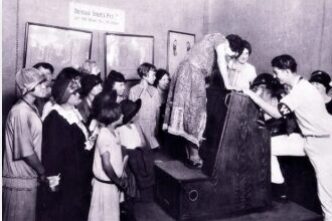
Back then, shoe shopping felt like stepping into the future when stores rolled out fluoroscopes. Customers slipped on new shoes, stood in the machine, and watched glowing images of their bones appear as if it were harmless fun. Kids loved the novelty, parents trusted the science, and clerks encouraged repeat tries. What no one realized was how much radiation they were soaking in with every use. For decades, these machines quietly exposed feet, spines, and bodies to dangerous levels until safety concerns finally caught up. What once felt futuristic ended up showing how risky trust in trends could be.
2. Iron Lung
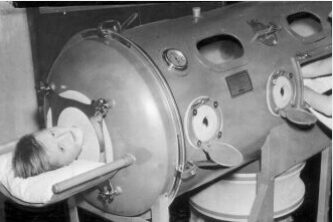
When polio struck in the 1930s, many children ended up inside the iron lung, a massive metal cylinder that breathed for them. Patients lay flat with only their heads visible, while the machine expanded and contracted to push air in and out. For some, it meant weeks inside, for others, years. It saved lives, but living in it felt like being trapped in a coffin you could never leave. Families often decorated the machines or visited daily, making the best of something that was both lifesaving and haunting. The iron lung stood as both hope and confinement in equal measure.
3. Trepanation Drill
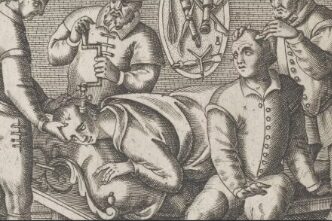
The trepanation drill is one of those devices that feels unbelievable today but was used well into the early 1900s. Doctors would literally drill a hole into someone’s skull, believing it would release pressure or cure headaches, seizures, and even mental illness. The tool itself was a simple hand-cranked drill, nothing more than sharp steel and a steady hand. Some patients survived the ordeal, while many did not, succumbing to infection or blood loss. It shows how medicine often clung to ancient ideas, long after safer and more logical treatments were available, leaving patients at the mercy of crude tradition.
4. Tonsil Guillotine
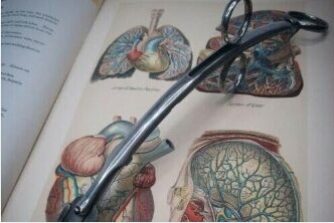
For many children in the mid-1900s, a tonsillectomy was almost expected, and the tonsil guillotine made it fast. Shaped like oversized scissors, the device clamped down, sliced, and yanked out tonsils in one swift move. It was designed for speed, not comfort, often leaving behind bleeding and trauma. Kids dreaded the experience despite promises of ice cream afterward. Doctors leaned on efficiency, parents trusted their advice, and children endured it. Eventually, safer surgical approaches replaced the guillotine, but for a long time, it was the standard tool. Its memory lingers as a harsh reminder of medical shortcuts once accepted.
5. Electroconvulsive Therapy
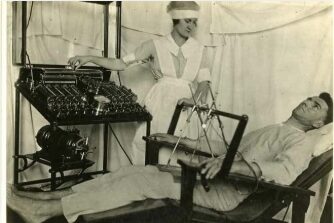
Electroconvulsive therapy before the 1970s was a brutal experience for patients. Without anesthesia or muscle relaxants, the electrical shocks sent bodies thrashing uncontrollably, often leading to broken bones, dislocated jaws, or deep fear. Doctors used it widely to treat depression, schizophrenia, and other conditions, believing the risks were justified by results. For patients, it was terrifying and confusing, sometimes remembered as punishment rather than help. Over time, the procedure was refined into something safer and more effective, but those early years left behind painful memories. It reflects how mental health care once lacked compassion, favoring force over gentleness.
6. Hemorrhoid Clamp
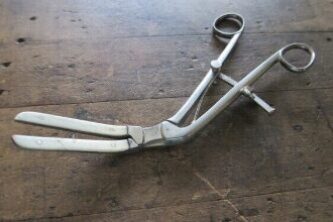
The hemorrhoid clamp from the mid-1900s was one of those medical tools that seemed more about endurance than care. It was a simple metal vice designed to crush swollen veins before removal. The process was crude, extremely painful, and often left patients dealing with infections afterward. Doctors considered it efficient and quick, even if the patient experience was anything but. Comfort was rarely a priority during that era, and patients had little choice but to trust the doctor’s word. Today, modern procedures are safer and far less traumatic, making the clamp a striking example of how far medicine has come.
7. Pneumatic Skull Massager
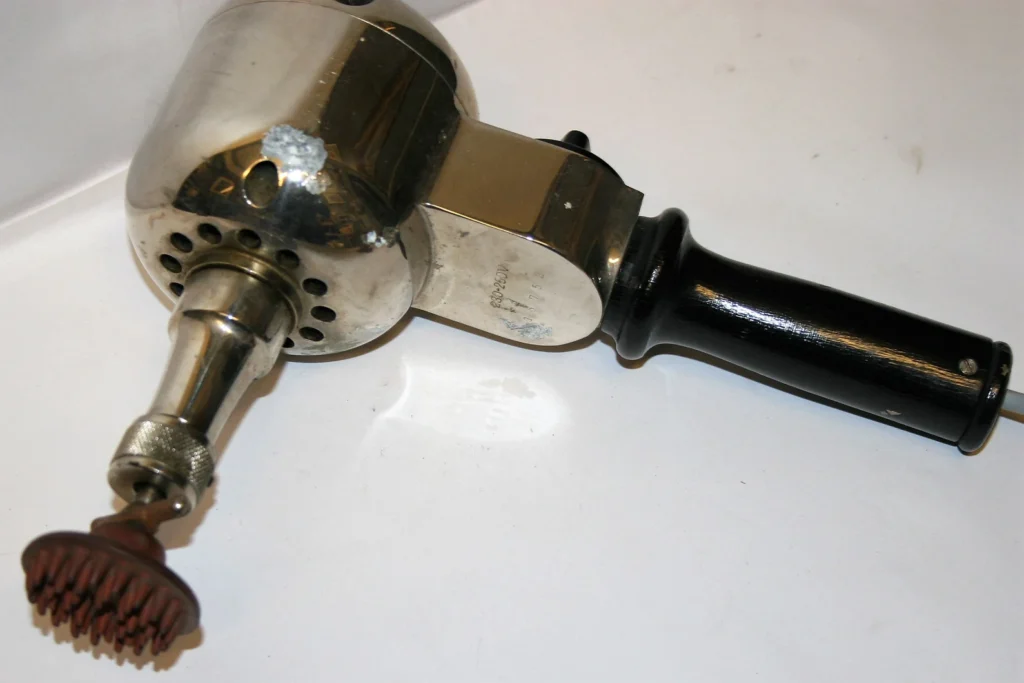
In the 1950s, when nervous conditions were treated with gadgets more than compassion, the pneumatic skull massager became one of those strange inventions people trusted. The device clamped around the head and pumped rhythmic bursts of air to relieve stress. Patients described the feeling as odd pressure, more distracting than calming. It promised relaxation and even therapy, but delivered little beyond sore temples. Still, it was marketed as modern science at work, and some believed in it simply because it looked official. Today, it stands as one of many quirky mid-century contraptions that reveal how desperation shaped medical imagination.
8. Radium Water Crocks
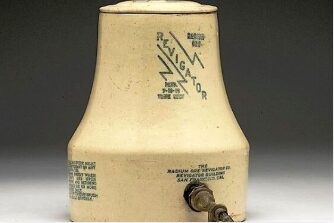
During the 1920s and 1930s, radium was advertised as the secret to energy and health, and water crocks infused with it became popular in homes. People drank cups daily, believing it strengthened their bodies and cured ailments. Instead, it silently poisoned them. The glowing promise of vitality turned into illness, as radiation exposure built up with every sip. Some users suffered devastating health effects that made headlines. What seemed like a wonder quickly became a warning. Radium crocks now feel unbelievable, but they show how even dangerous substances can be embraced when people are desperate for easy answers.
9. Glass Leech Jars
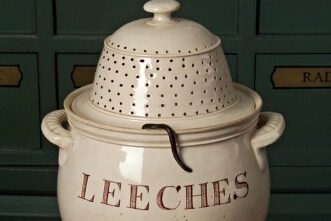
For centuries, leeches were as common in medicine as bandages, and their storage became almost decorative with glass jars. In the Victorian era, every hospital and pharmacy kept them ready to bleed patients at the first sign of fever, swelling, or imbalance. By the 1900s, even when science had moved past bloodletting, jars of wriggling leeches were still sitting on shelves. Doctors leaned on tradition more than evidence, and patients had little say in the matter. Today, leeches have limited uses in microsurgery, but those grand jars are now symbols of medicine’s long resistance to letting go of old practices.
10. Motorola APCOR Paramedic Radio/EKG

Emergency responders in the 1970s and 1980s carried Motorola APCOR units, bulky backpack devices that combined radios with heart monitors. They were groundbreaking at the time, allowing paramedics to send heart readings directly to hospitals, but they were also heavy and awkward. The backpacks often weighed over 20 pounds, making rescues more challenging. Still, carrying that burden meant patients received better emergency care than ever before. Compared to today’s compact devices, APCORs look outdated, but they were an important step forward. Their size may have slowed the medic, but their impact pushed emergency medicine toward modern lifesaving efficiency.
11. Artificial Heart Jarvik-7

The Jarvik-7 was introduced in 1982 as the first mechanical heart, and it carried both promise and pain. Patients were tethered to large external consoles that made daily life exhausting. The air hoses hissed constantly, and the survival times were often short. Families placed hope in the machine, but reality showed how experimental it really was. Some recipients described it as both a gift and a prison, keeping them alive but never free. Although imperfect, the Jarvik-7 laid the foundation for better devices. It remains one of medicine’s boldest steps, even if it came at enormous personal cost.
12. Obstetric Forceps
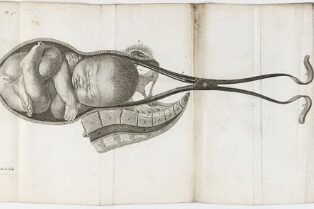
Childbirth has never been easy, and in the early 1900s, obstetric forceps were one of the most commonly used tools. These large metal clamps gripped a baby’s head and helped pull them out, but the results were often dangerous. Babies suffered injuries, mothers endured tearing and trauma, and the metal sometimes caused infection. Doctors used them widely, convinced they were necessary, while families had little choice but to trust the process. Over time, safer methods took their place. Forceps now serve as a reminder that even the most trusted tools can carry pain alongside their promise of saving lives.
This story 12 Terrifying Medical Devices That Were Normal Through the 1900s–1980s was first published on Daily FETCH


